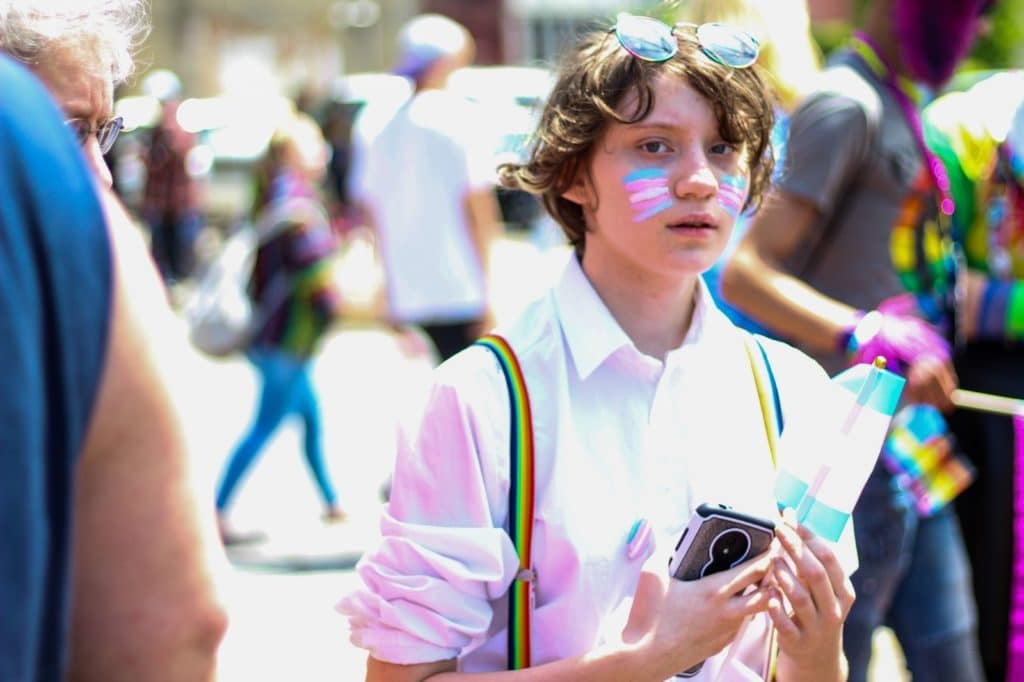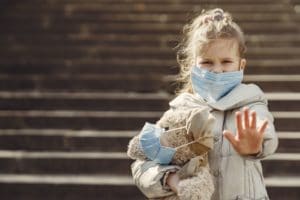The typical American classroom can be a place of learning, great friendship and social support. It can also be a place where bullying, ostracizing and peer pressure turns the school day into a nightmare – especially if a student is perceived as somehow “different” from the norm. For students who identify as lesbian, gay, bisexual, transgender or questioning (LGBTQ), there’s a greater risk of experiencing stigma, bullying and prejudice during at school. And this can lead to a higher risk of mental health disorders, according to researchers.
As youth professionals, it’s important to understand what LGBTQ kids face at school, and how you can help create a safe and supportive place for them in your own classroom.
The increased mental health risks for LGBTQ Students
Most professional educators want a safe and inclusive experience for the kids under our care. Yet that is not happening for many students.
“Specifically, students who identify as lesbian, gay, bisexual, or transgender (LGBT) report feeling less safe, less respected, and less valued in our schools than do their heterosexual and cisgender peers, leading to lower engagement and achievement,” writes Michelle Page in research published in Sage Journals.
The National Alliance of Mental Illness concurs that the LGBTQ community faces increased risks for mental illness in several ways.
“LGBTQ young people face fear, hatred and prejudice in school, with friends, in the community and at home, which can lead to higher risks of self-harm and thoughts of suicide,” notes their website. “LGBTQ teens are six times more likely to experience symptoms of depression than the general population. Additionally, LGBTQ youth struggle in coming out to family members, friends, classmates and teachers, especially those that are not accepting of the LGBTQ community.”
While the challenges may seem daunting, there is good news, and mounting evidence that students with access to LGBTQ support resources face better outcomes than those without.
The challenge for teachers in creating a safe classroom for all
Over the past decade or so, there has been some significant progress in reducing levels of victimization experienced by LGBTQ youths, according to GLSEN, a national education organization that advocates for safe schools for all students. Their report, The 2017 National School Climate Survey, shows that verbal and physical harassment and physical assault incidents declined while the availability of school-based resources improved over the same years.


Their research shows that “LGBTQ students in schools with LGBTQ-inclusive curriculum are less likely to feel unsafe at school because of their sexual orientation and gender expression.”
“Supportive teachers, principals, and other school staff serve as another important resource for LGBTQ students,” the report notes. “Being able to speak with a caring adult in school may have a significant positive impact on the school experiences for students, particularly those who feel marginalized or experience harassment.”
Yet many educators still feel uneasy or unable to talk about gender and sexuality issues. Personal opinion and religious beliefs play into this, and this can make it challenging for a teacher to know the best way forward. One of the best approaches, according to Matthew Lynch writing in The Advocate, is to make your classroom known as a safe harbor for all students.
“Let all of your students know that they are protected in your classroom. No bullying or harassment will be allowed, no matter what. This lets your LGBT students know that you genuinely care about all students,” Lynch writes.
He also encourages teachers to:
- Challenge homophobic comments or other slurs, and let the user know that these are vulgar and unacceptable.
- Highlight the accomplishments of LGBT people as they come up in your lessons about high achievers in science, literature and the arts.
- As you create a more open and inclusive attitude, be prepared to serve as an advisor or confidant to LGBTQ and other students. “This may make you uncomfortable, but you have to remember that they often have no one else to turn to,” Lynch explains.
- If your school doesn’t already do so, encourage the administration to hold an in-service training on how to create a safer environment for LGBTQ students.
It can be a challenge to be open and supportive if your own religious commitment or personal experience in childhood development has led you to view LGBTQ lifestyles as detrimental. Being supportive of a child living in a lifestyle you don’t believe in may be challenging but it’s our job as teachers to be there for all our students, regardless of how they choose to live their lives.
With awareness and a straightforward and inclusive attitude, it is possible to make your classroom and your school a safer place. In doing so, teachers can play an important role in reducing the mental health risks for the LBGTQ students in their schools.
With an eye to the best for our kids,
The One in Five Minds Team










